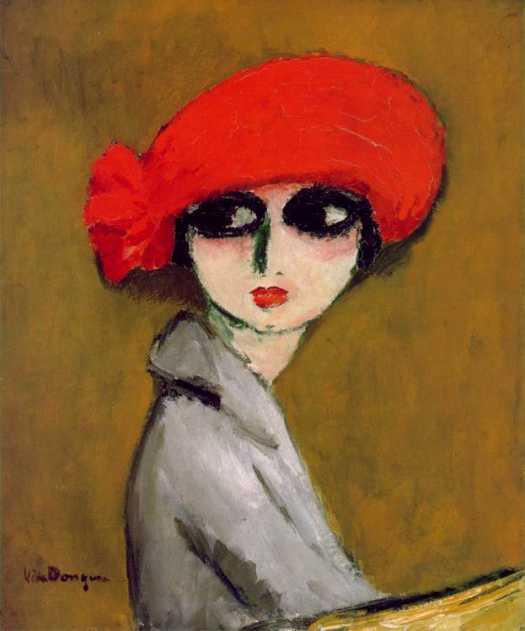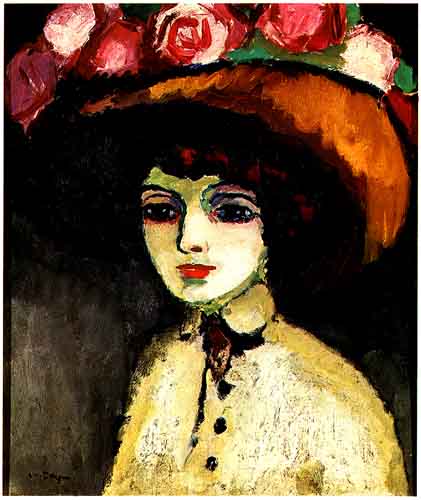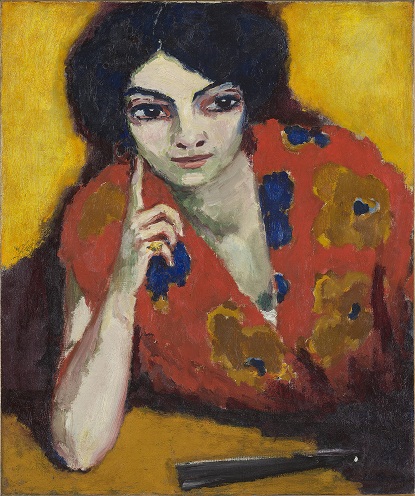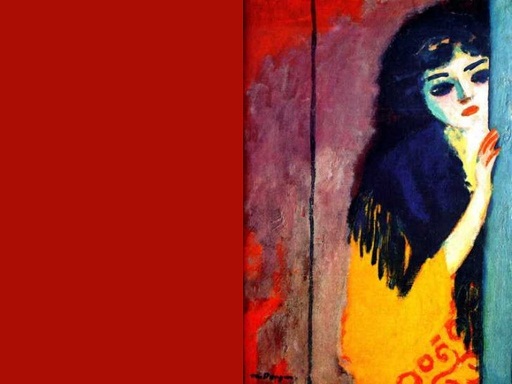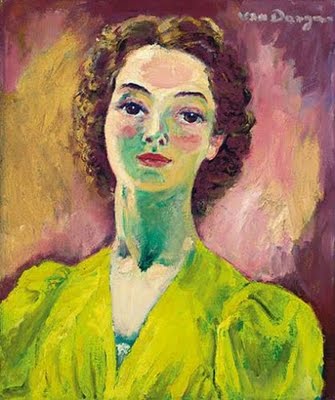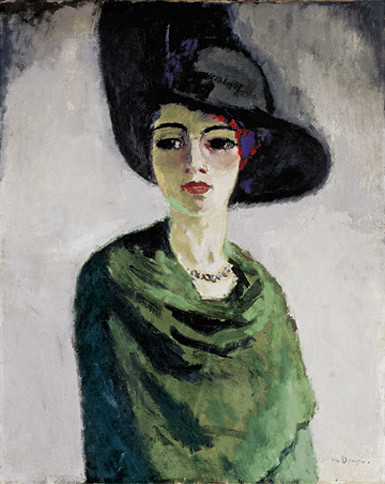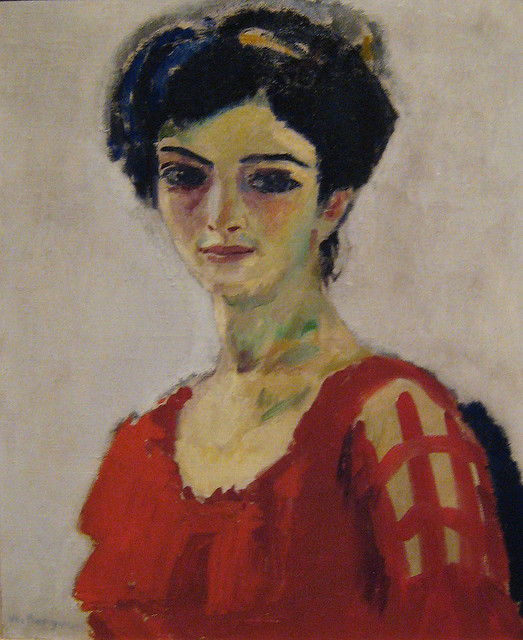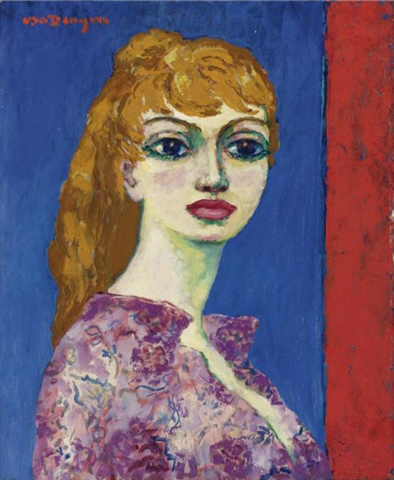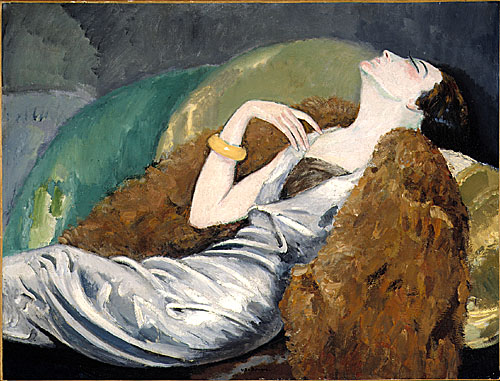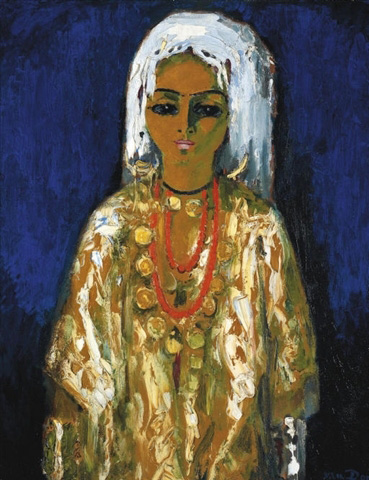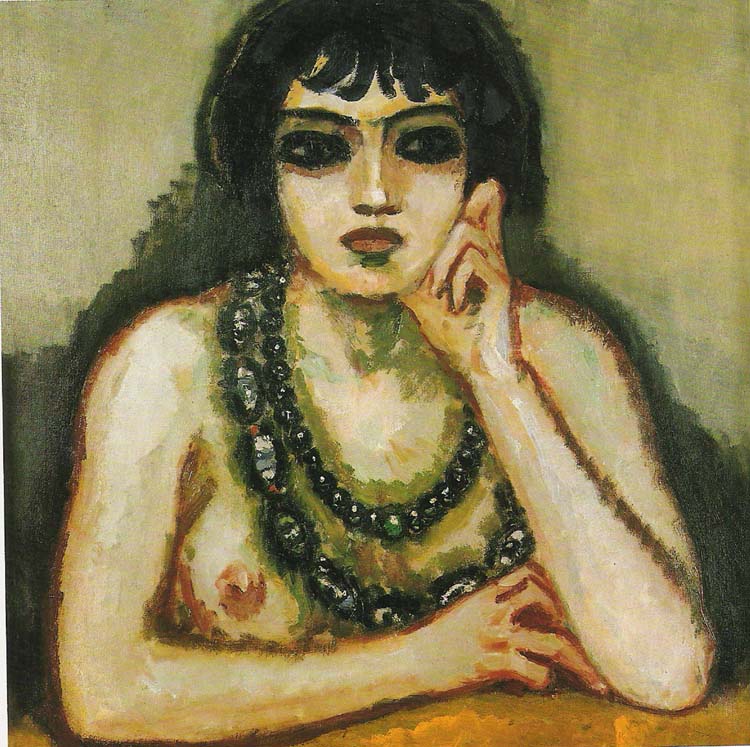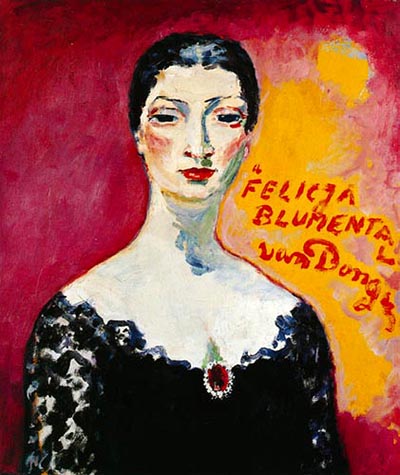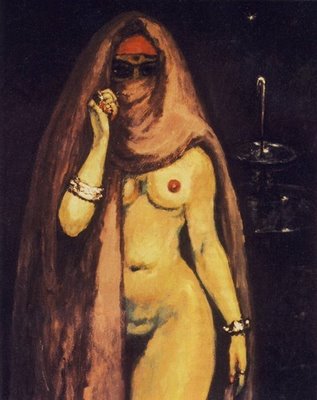<Back to Index>
- Painter and Printmaker Georges Henri Rouault, 1871
- Painter Cornelis Theodorus Maria "Kees" van Dongen, 1877
PAGE SPONSOR
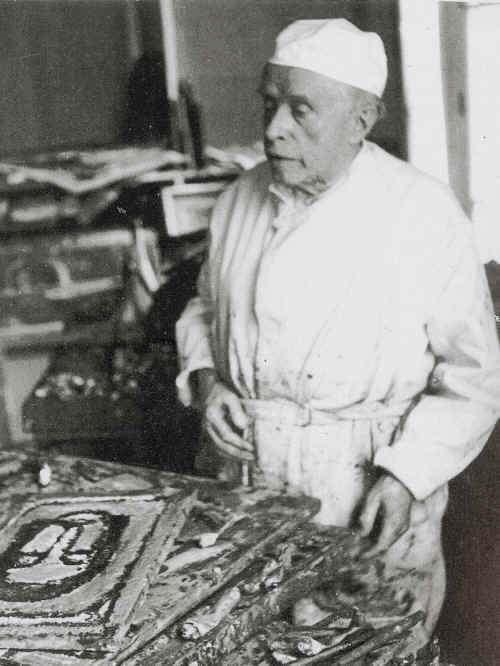
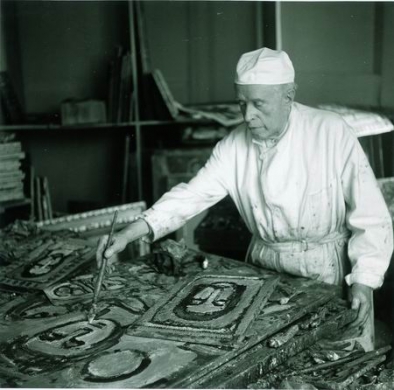
Georges Henri Rouault (27 May 1871 – 13 February 1958) was a French Fauvist and Expressionist painter, and printmaker in lithography and etching.
Rouault was born in Paris into a poor family. His mother encouraged his love for the arts, and in 1885 the fourteen year old Rouault embarked on an apprenticeship as a glass painter and restorer, which lasted until 1890. This early experience as a glass painter has been suggested as a likely source of the heavy black contouring and glowing colors, likened to leaded glass, which characterize Rouault's mature painting style. During his apprenticeship, he also attended evening classes at the School of Fine Arts, and in 1891, he entered the Ecole des Beaux - Arts, the official art school of France. There he studied under Gustave Moreau and became his favorite student. Rouault's earliest works show a symbolism in the use of color that probably reflects Moreau's influence, and when Moreau died in 1898, Rouault was nominated as the curator of the Moreau Museum in Paris.
Georges Rouault also met Henri Matisse, Albert Marquet, Henri Manguin and Charles Camoin. These friendships brought him to the movement of Fauvism, the leader of which was considered to be Matisse.
In 1891 Rouault painted "The Way to Calvary".
From 1895 on, he took part in major public exhibitions, notably the Salon d’Automne (which he helped to found), where paintings with religious subjects, landscapes and still lifes were shown. In 1905 he exhibited his paintings at the Salon d’Automne with the other Fauvists. While Matisse represented the reflective and rationalized aspects in the group, Rouault embodied a more spontaneous and instinctive style.
His use of stark contrasts and emotionality is credited to the
influence of Vincent van Gogh. His characterizations of overemphasized
grotesque personalities inspired the expressionist painters.
In 1907, Rouault commenced a series of paintings dedicated to courts, clowns and prostitutes. These paintings are interpreted as moral and social criticism. He became attracted to Spiritualism and the dramatic existentialism of the philosopher Jacques Maritain, who remained a close friend for the rest of his life. After that, he dedicated himself to religious subjects. Human nature was always the focus of his interest. Rouault said: "A tree against the sky possesses the same interest, the same character, the same expression as the figure of a human."
In 1910, Rouault had his first works exhibited in the Druet Gallery. His works were studied by German artists from Dresden, who later formed the nucleus of expressionism.
From 1917, Rouault dedicated himself to painting. The Christian faith informed his work in his search for inspiration and marks him out as perhaps the most passionate Christian artist of the 20th century: first of all, in the theme of the passion of Christ. The face of Jesus and the cries of the women at the feet of the cross are symbols of the pain of the world, which for Rouault was relieved by belief in resurrection.
In 1929 Rouault created the designs for Diaghilev's ballet "The Prodigal Son", with music by Prokofiev and choreography by Balanchine.
In 1930 he also began to exhibit in foreign countries, mainly in London, New York and Chicago.
In 1937 Rouault painted "The Old King" -- arguably his very finest expressionist work.
He exhibited his cycle Miserere in 1948.
At the end of his life he burned 300 of his pictures (estimated to be worth today about more than half a billion francs).
His reason for doing this was not profound, as he simply felt he would
not live to finish them. Rouault died in Paris in 1958.
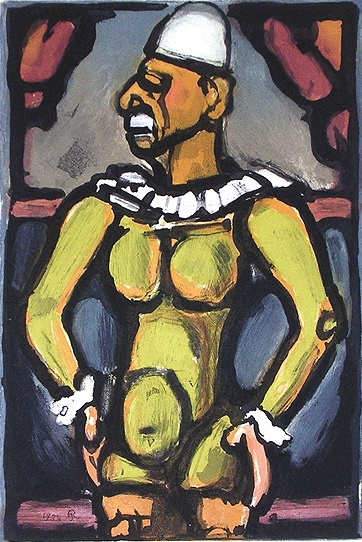
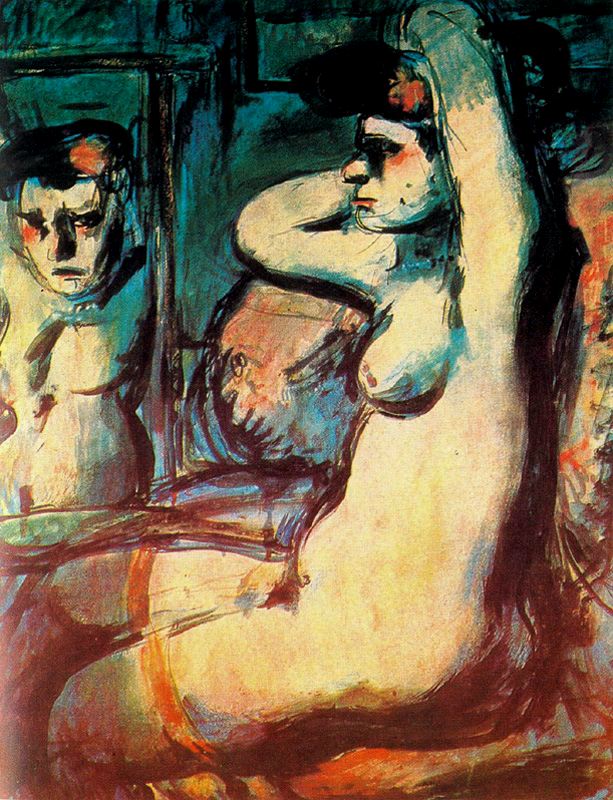
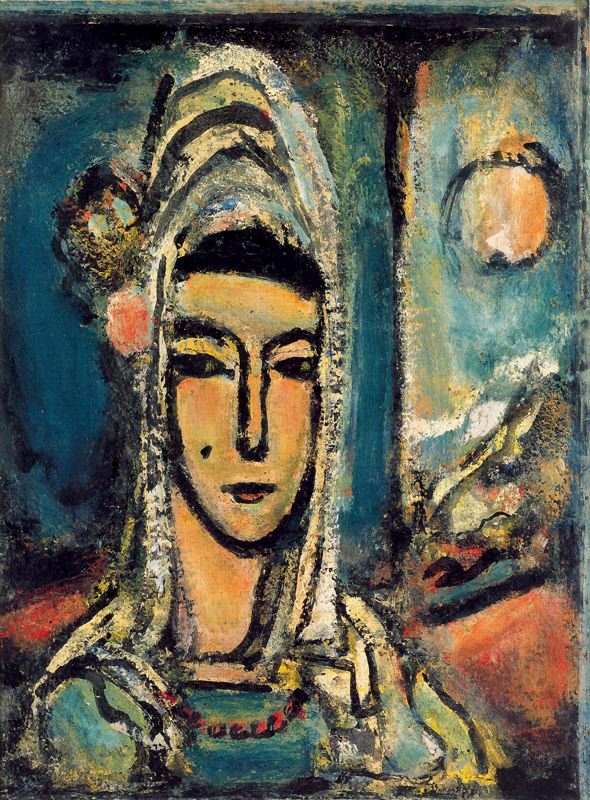
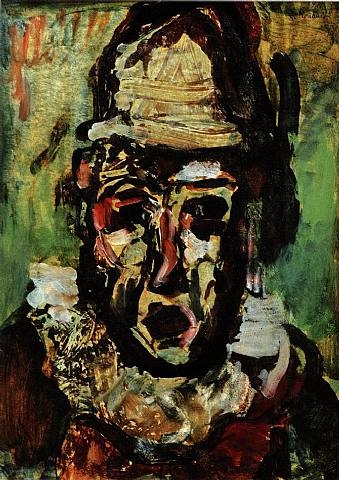
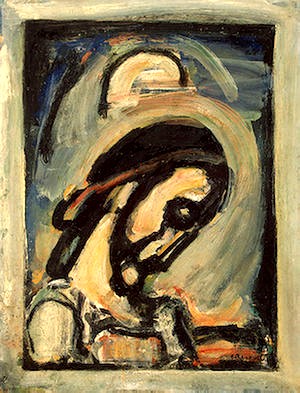
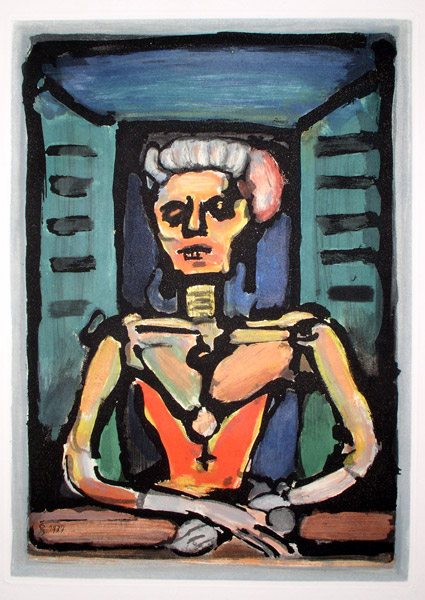
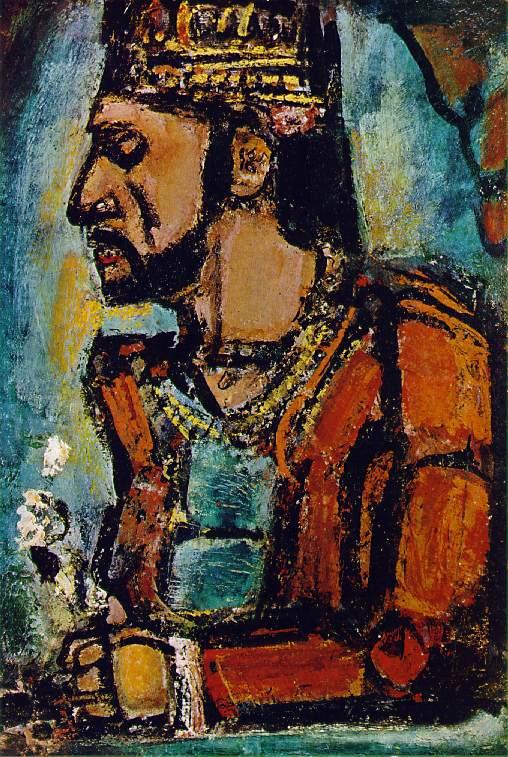
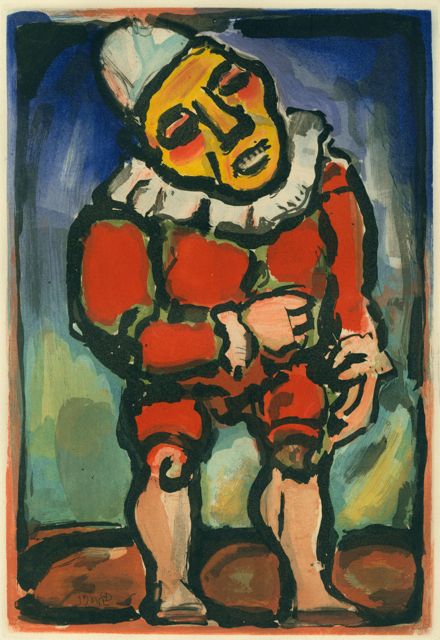
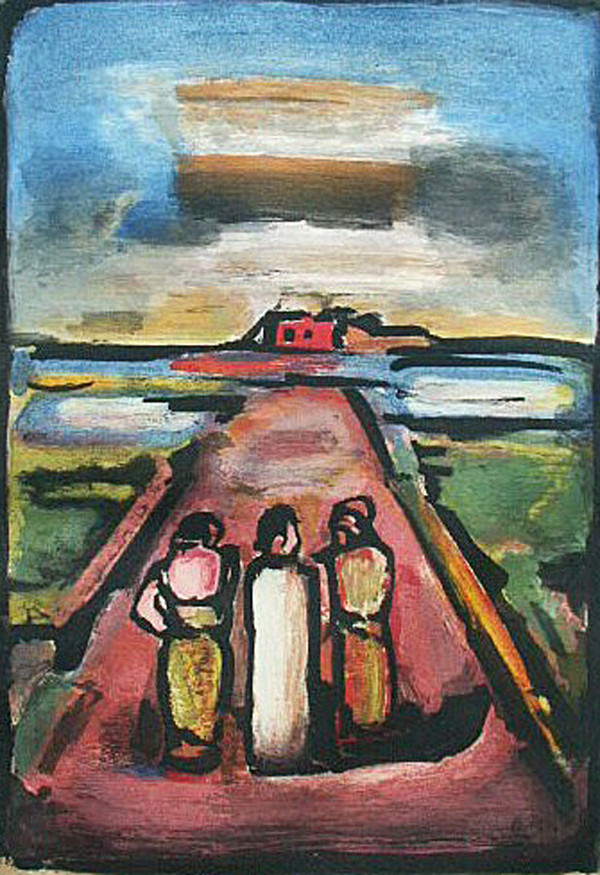
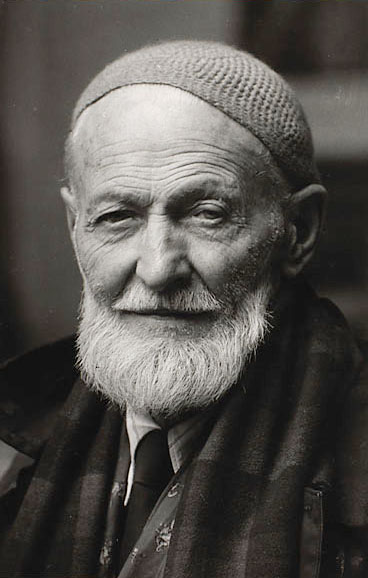
Cornelis Theodorus Maria van Dongen (26 January 1877 – 28 May 1968), usually known as Kees van Dongen or just Van Dongen, was a Dutch painter and one of the Fauves. He gained a reputation for his sensuous, at times garish, portraits.
Kees van Dongen was born in Delfshaven, then on the outskirts, and today a borough, of Rotterdam. In 1892, at age 16, Kees van Dongen started his studies at the Royal Academy of Fine Arts in Rotterdam. During this period from 1892 to 1897, van Dongen frequented the Red Quarter seaport area, where he drew scenes of sailors and prostitutes.
In 1897 he lived in Paris for several months. In December 1899 he returned to Paris to join Augusta Preitinger
("Guus"), whom he had met at the Academy. They married on 11 July 1901
(they divorced in 1921). He began to exhibit in Paris, and participated in the controversial 1905 exhibition Salon d'Automne,
in a room featuring Henri Matisse amongst others. The bright colors of
this group of artists led to them being called Fauves ('Wild Beasts').
He was also briefly a member of the German Expressionist group Die Brücke.
In these years he was part of an avant garde wave of painters — Maurice de Vlaminck, Othon Friesz, Henri Rousseau, Robert Delaunay, Albert Marquet, Édouard Vuillard — who aspired to a renewal of painting that was stuck in neo - impressionism.
In 1906 the couple moved to the Bateau Lavoir at 13 rue Ravignan, where they were friends with the circle surrounding Pablo Picasso and his girlfriend Fernande Olivier.
In addition to selling his paintings, van Dongen also gained an income by selling satirical sketches to the newspaper 'Revue Blanche' and organizing very successful costume balls in Montparnasse to gain extra income.
Under the influence of Jasmy Jacob, among others, Kees van Dongen developed the lush colors of his Fauvist style. This earned him a solid reputation with the French bourgeoisie and a profitable lifestyle. As a fashionable portraitist, his subjects included Arletty, Louis Barthou, Sacha Guitry, Leopold III of Belgium, Anna de Noailles and Maurice Chevalier. With a playful cynicism he remarked of his popularity as a portraitist with high society women, "The essential thing is to elongate the women and especially to make them slim. After that it just remains to enlarge their jewels. They are ravished." This remark is reminiscent of another of his sayings: "Painting is the most beautiful of lies".
In 1926 he was awarded the Legion of Honor and in 1927 the Order of the Crown of Belgium. In 1929 he received French nationality and two of his works were admitted to the Musée du Luxembourg.
The social and commercial appeal of his later work (such as a 1959 portrait of Brigitte Bardot with her hair tousled, in a little black dress) did not match the artistic promise or the bohemian eroticism of his earlier years.
Kees van Dongen died in his home in Monte Carlo in 1968.
